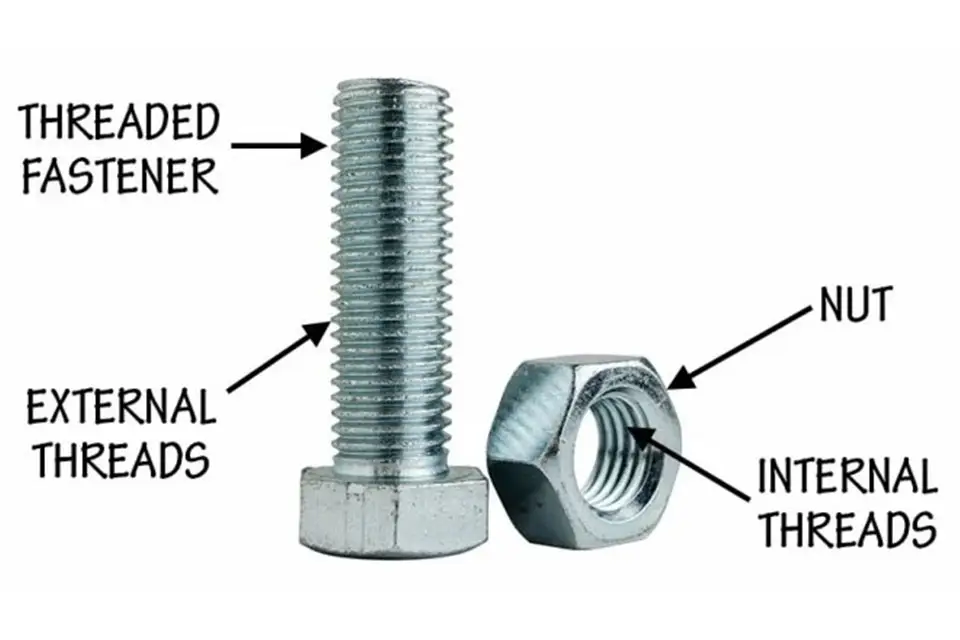Gear types can be classified according to the relative position of their axes of revolution. For example, there are gears for parallel shafts, gears for intersecting shafts, and gears for skewed shafts. Spur and helical gears are two different types of mechanical gears falling under the category of “gears for parallel shafts”. Spur gears are used in many devices, like the electric screwdriver, wind-up alarm clock, and washing machine. Helical gears, on the other hand, operate much more smoothly and quietly than spur gears. Helical gears are used in almost all car transmissions. Look as hard as you like, but you won’t find spur gears in your car!

Here are some additional differences between these two gears.
Identification
A spur gear can be identified by its teeth. Teeth are projected radially and are parallel to the axis of the gear. The teeth of a spur gear are exactly perpendicular to its flat faces. The teeth on helical gears, however, are cut at an angle to the face of the gear. When two teeth on a helical gear system engage, the contact starts at one end of the tooth and gradually spreads as the gears rotate, until the two teeth are in full engagement.
Manufacturing Cost
Spur gears are usually the first choice when exploring gear options, as they are easily manufactured and less cost is involved to manufacture them compared to helical gears.
Design
Spur gears have straight teeth, and are mounted on parallel shafts. This fact makes spur gears simpler in design and easier to create than a helical gear, leading to a decreased cost of production.
Load Tolerance
Helical gears are capable of holding more load compared with spur gears, because the load is distributed across more teeth.
Durability
Helical gears are more durable than spur gears because the load gets distributed across more teeth. Hence, for a given load, the force will be spread out better than with a spur gear, resulting in less wear on individual teeth.
Operating Noise
Spur gears can be really loud. Each time a gear tooth engages a tooth on the other gear, the teeth collide, creating noise. This also increases the stress on the gear teeth. Helical gears are quieter.
Efficiency
Helical gears are less efficient because they have more teeth touching when two gears are connected, resulting in increased friction and more energy loss due to heat. Spur gears are more efficient.
For more information on these gears, go through Gear Classification and Terminology: Spur and Helical Gears.



